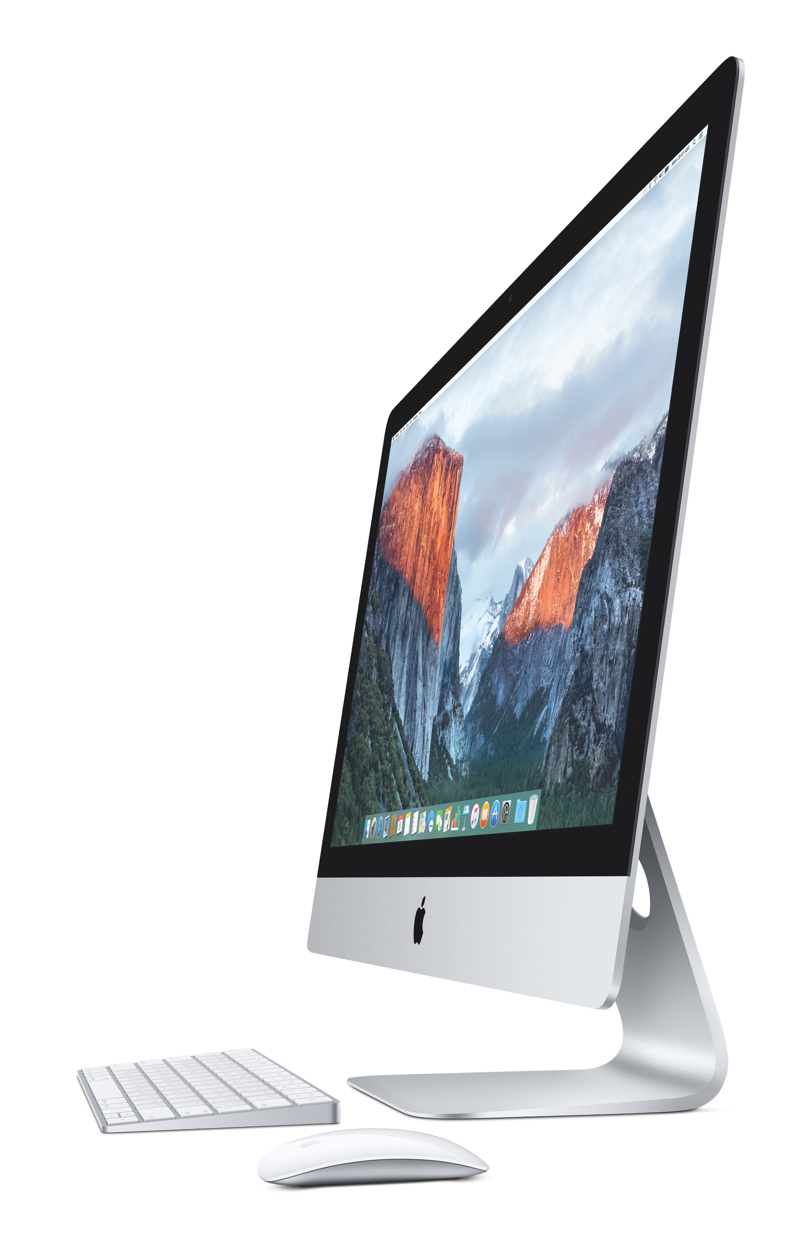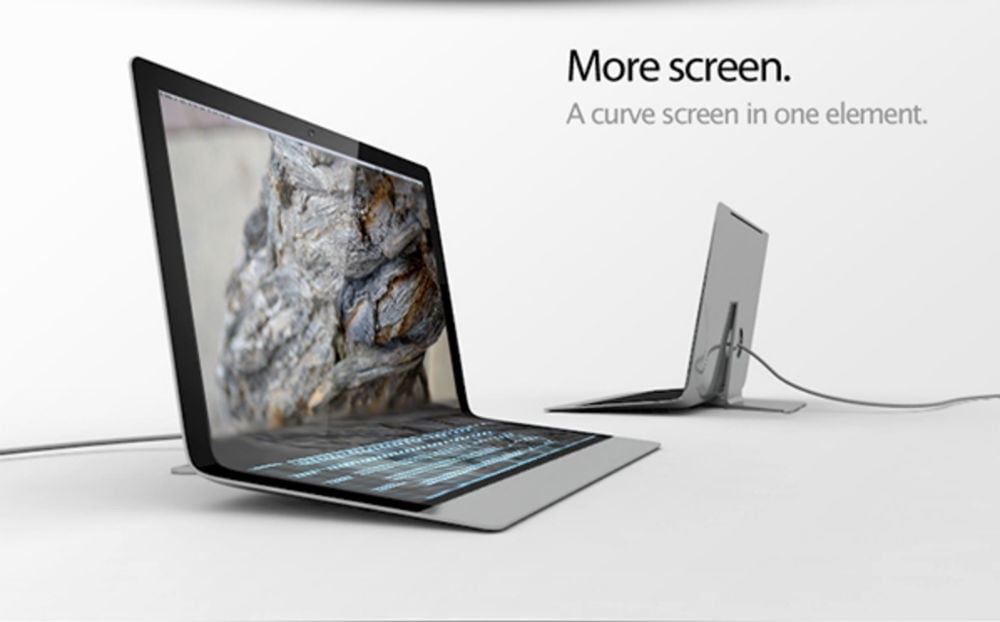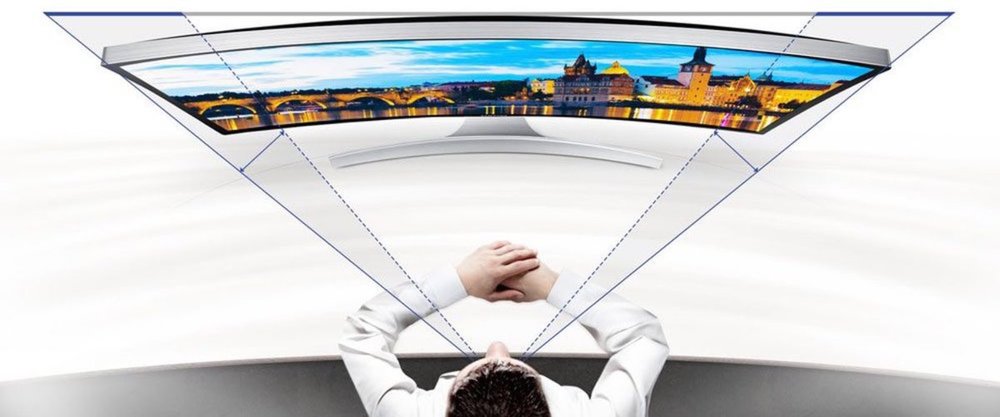The general consensus is that the focus at the Apple Worldwide Developer Conference keynote on Monday will be on software and that no new hardware will be introduced. However, I’m going out on a limb and saying that we’ll get a preview of the iMac, which celebrates its 20th birthday in August.

What will almost certainly happen during the keynote is that Apple will: preview the next versions of macOS, iOS, watch OS, and tvOS; tell of upcoming improvements to Siri; and discuss ARKit 2.0, which will allow developers to make games that let users play AR games against each other in the same virtual environment.
As for non-iMac hardware, I think we’ll see: new MacBooks and MacBooks Pros in July (I’m still not expecting an updated MacBook Air); next gen iPhones, iPad Pros, and Apple Watches in September; and the Mac Pro 2 and a new Apple TV in November/December.
When it comes to the iMac, I’m expecting Apple to preview the next gen all-in-one at the WWDC keynote, with it going on sale in August. A major form factor redesign would be exciting, but I’m not anticipating one (but more on that, in a sec). What I AM anticipating is a “non-Pro” iMac available in space grey (and, less probable, in a hue of colors). I also expect some other iMac Pro features to come to the non-Pro model, including better speakers and an enhanced FaceTime camera.

The iMac Pro also has the first ever 1080p FaceTime camera to come on a Mac, compared to the 720p camera on the 5K iMac. It also has four microphones, compared to only one on the 5K iMac. This needs to change. And here’s hoping Apple brings Face ID to the Mac.
Finally, I expect the next rev of the 27-inch iMac 5K to sport the Apple T2 chip that’s in the pro model. According to Apple, “by redesigning and integrating several controllers found in other Mac systems — like the system management controller, image signal processor, audio controller, and SSD controller — T2 delivers new capabilities to the Mac.”
For instance, the T2 image signal processor works with the FaceTime HD camera to enable enhanced tone mapping, improved exposure control, and face detection–based auto exposure and auto white balance. Hence, the improved FaceTime camera, as previously mentioned. The T2 also makes the iMac Pro even more secure, thanks to a Secure Enclave coprocessor that provides the foundation for new encrypted storage and secure boot capabilities.

I don’t expect the 2018 iMac to have an 8K display. That would be too expensive. However, a December upgrade of the iMac Pro could get such a screen. And I’d love to see both Pro and non-Pro all-in-ones all models to get a ProMotion, TrueTone display (currently found only on iPad Pros). Among other things, ProMotion improves display quality and reduces power consumption by automatically adjusting the display refresh rate to match the movement of the content.
Also note that the chances of Apple choosing OLED for the iMac 2018 display is very slim since the technology is still in the developing stage. Which means, it would be quite pricey for a 21-inch or 27-inch monitor.
On my wish list (though I don’t think it will happen) is the addition of dual cameras on top of the display. Dual cameras would make 3D facial recognition possible, and could even be used to capture 3D video. Not only could our FaceTime chats take on a deeper, richer experience, but 3D capture could help those who have difficulty interacting with their computers.
Dual cameras could more easily track eye and facial gestures allowing for much more precise input for those who need this type of interaction. A whole new way to interact with the iMac would be possible.
Perhaps users could hold an object in front of the cameras, and the iMac could scan it and recognize what we are holding. Even better, perhaps the dual camera setup could be used as a 3D scanner of sorts through the use of structured light scanning. Gesture interaction like that available from third parties (Leap Motion comes to mind) would be possible.
Apple has repeatedly said there will not be a touchscreen on the iMac as reaching up and touching the screen would be tiresome and a hindrance to the experience. 3D gesture interaction would be much less of a problem as your hands could be at or just above the keyboard to manipulate objects on the screen or input to the system with gestures.
If Apple continues to make MacBook Pros with the controversial Touch Bars, I expect to see an optional Magic Keyboard with a Touch Bar offered for the Mac.

As for specs, I think Apple will use Intel’s Coffee Lake CPUs, so we’ll see an iMac 2018 with a six-core processor. Graphics-wise, the iMac will probably stick with AMD’s Vega graphics cards. However, with the arrival of AMD’s 2700X 4.3GHz 8-core CPU, this could be a good time for Apple to make the move over to AMD’s Ryzen collection.
The current iMac has had the same design since 2012. Apple may make some internal changes that slim the all-in-one down even more — and perhaps shave off some of the “chin.” Or, if Apple really believes in the Touch Bar, it could add one to the all-in-one’s chin.
There was a rumor in the summer of 2017 that Apple was planning an iMac redesign in 2018. This was based on claims made by a “Foxconn Insider” posting on Reddit. I’m skeptical, but there have been some interesting, just-for-fun mock-ups such as the one below (courtesy of Digital Trends):

Or this curved screen iMac (courtesy of Cult of Mac):

Or this 35-inch iMac with front-facing speakers (courtesy of Tuvie)

On a (barely) related note, if Apple doesn’t release its long-await AirPower next week, it sure better offer a good explanation why it’s still not available. Apple announced this back in September when it introduced the iPhone X, but it still hasn’t launched.
Like this article? Consider supporting Apple World Today with a $5 monthly Team AWT membership.
